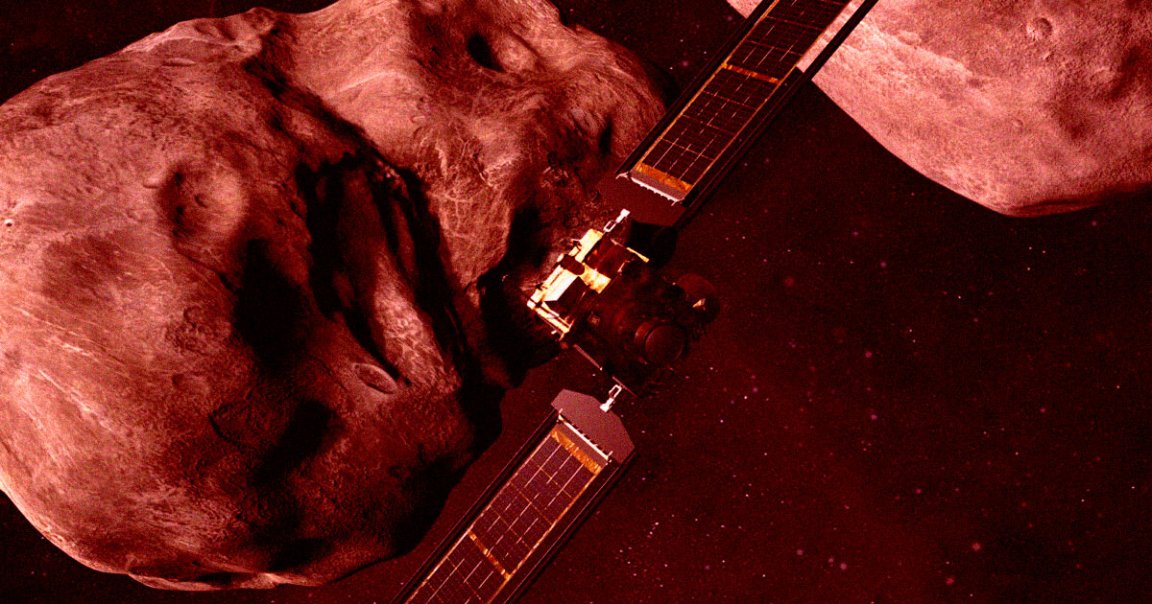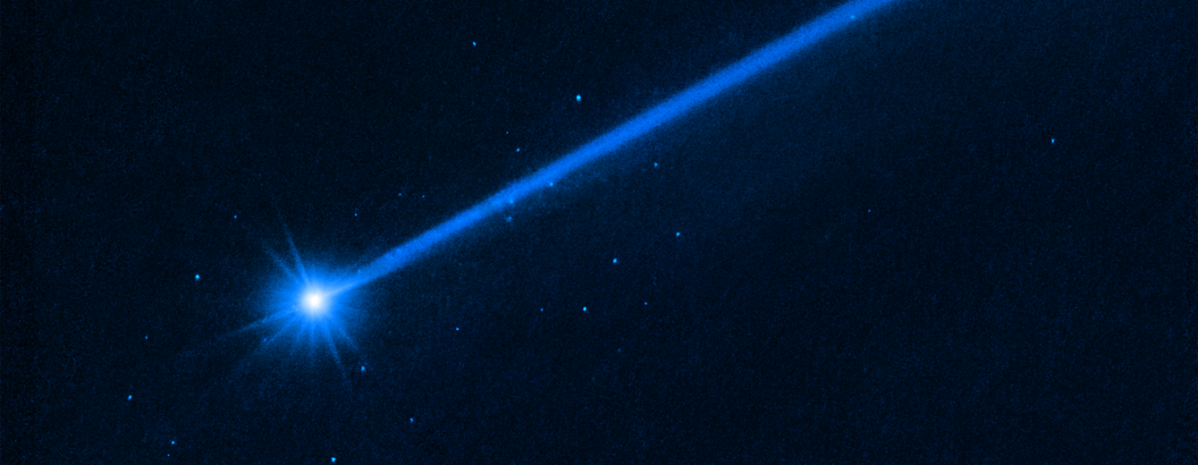
Rubble Space Telescope
NASA’s Hubble Space Telescope has captured the stunning aftermath of the space agency’s Double Asteroid Redirection Test (DART), a cosmic battering ram that smashed into an asteroid called Dimorphos at 14,000 mph last year.
The image taken by the telescope shows the resulting carnage in stunning detail, revealing a whopping 37 boulders ranging from three to 22 feet in diameter that were sent drifting away, according to a Hubble statement.
The stunningly comprehensive snapshot could allow scientists to better understand what happened after DART bashed into the asteroid. In other words, they could provide valuable insights for future efforts that could potentially save humanity in the case of an asteroid that’s on a collision course with Earth, the goal of the otherworldly demolition derby.
“This is a spectacular observation — much better than I expected,” said University of California at Los Angeles’ David Jewitt, who’s been studying these boulder movements, in the statement.

Getting Swarmer
The numbers align with scientists’ predictions surprisingly well.
“We see a cloud of boulders carrying mass and energy away from the impact target,” said Jewitt. “The numbers, sizes, and shapes of the boulders are consistent with them having been knocked off the surface of Dimorphos by the impact.”
Scientists estimate that the mass of all the boulders combined represents roughly 0.1 percent of the mass of Dimorphos.
The observation also highlights Hubble’s incredible ability to spy on tiny objects from astronomical distances.
“This tells us for the first time what happens when you hit an asteroid and see material coming out up to the largest sizes,” Jewitt explained. “The boulders are some of the faintest things ever imaged inside our solar system.”
If all goes according to plan, we’ll eventually get another up-and-close view courtesy of the European Space Agency’s upcoming Hera spacecraft, which will visit the binary asteroid in late 2026.
“The boulder cloud will still be dispersing when Hera arrives,” Jewitt said in the statement. “It’s like a very slowly expanding swarm of bees that eventually will spread along the binary pair’s orbit around the Sun.”
More on DART: NASA Intrigued by Asteroid That Seems to Be Shooting Rocks Into Space